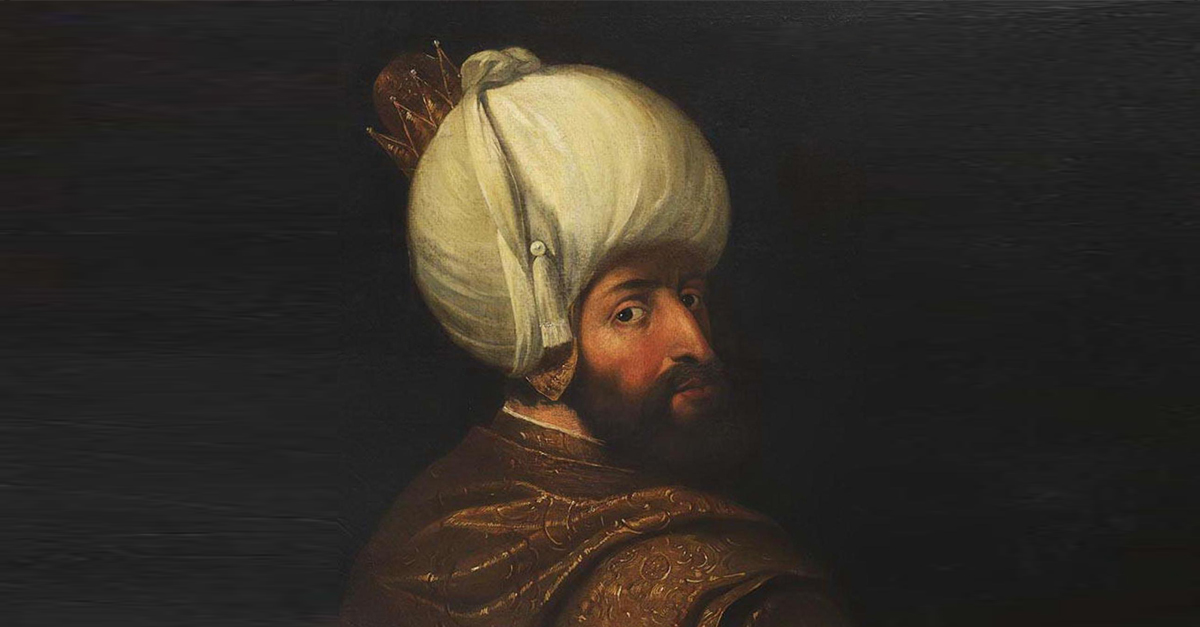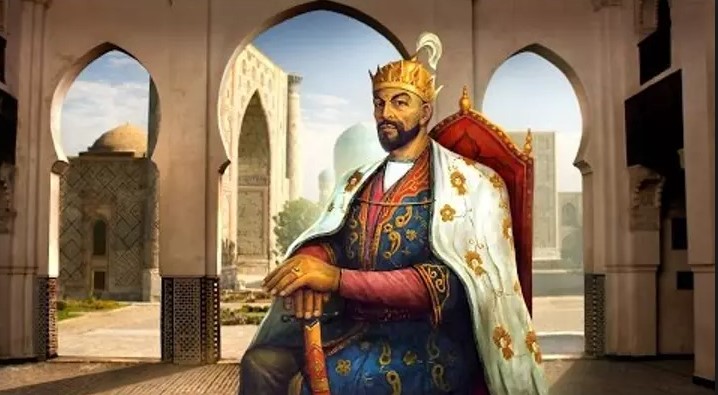BIOGRAPHIES

SULTAN YILDIRIM BAYAZID (1354-1403)
He was born in 1354. He was the eldest son of Sultan Murad I and his mother was Gulchichek Hatun. At approximately 1381, he married Devlet Hatun, daughter of Suleyman of Germiyan, and was appointed as sanjak-bey to the lands given as his wife's dowry. He received the nickname "Yildirim" due to his success and assertiveness in the Battle of the Franks. He demonstrated great usefulness in the victory of the Battle of Kosovo in 1389. For this reason, his father Murad I, who was severely injured during the war in question, bequeath the title of sultan to him in his stead. When Murad I was martyred, he became the sultan in his father's stead. In 1393-1394, he conquered Rumelia and besieged Istanbul. In 1396, he defeated the Crusader armies in the Battle of Nicopolis and annexed Bulgaria to Ottoman lands. He was defeated and captured by Temur in the Battle of Ankara in 1402. He died in 1403 and his body was brought to Bursa where it was buried in the tomb built by his son Suleyman Chelebi. He built important works such as The Grand Mosque, Bedesten, The Yildirim Complex and Darushshifa, and Kazeruni Zaviyesi in Bursa and organized foundations for them.

AMIR TEMUR
(1336-1405)
The founder of the Temurid dynasty Amir Temur was born in 1336 in the village of Hoja Ilgar, located in the Kesh region (Shakhrisabz). A member of the Barlas clan, Temur's father was Amir Turagay and his mother was Tekina Hatun. In 1370, he conquered the western region of the Chagatai Khanate (Transoxiana), a Mongol Khanate, and ascended the throne in Samarkand. Temur's life was spent in campaigns, as he was a military emporer. By virtue of these campaigns, dubbed the Khorezm expeditions, Dasht-i Kipchak campaigns, Three-Year campaign (1386-1388), Five-Year campaign (1392-1396), India campaign (1398-1399) and Seven-Year campaign (1399-1404). Temur was in possession of a great empire, the borders of which spanned from India to the Bosphorus and from the Eurasian steppes to the Near East. Temur died in Otrar in 1405 during the Chinese Campaign he set out in 1404, and was buried in the Gur-i Amir mausoleum located in Samarkand. Undefeated on the battlefields during his reign, Temur was a great soldier and statesman. He also placed great importance on scholars, scientists and artisans, and organized scholarly discussions with the leading scholars of the period in his palace. In addition, he made great contributions to the cultural and social development of Samarkand in particular and Transoxiana in general, by immigrating the scholars, scientists and craftsmen from the lands he conquered to the capital city of Samarkand, and thus established the second renaissance of the region.

